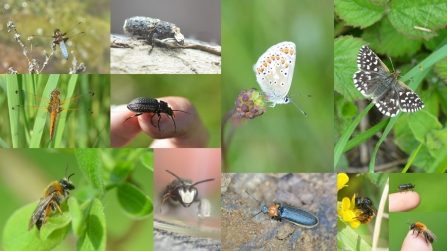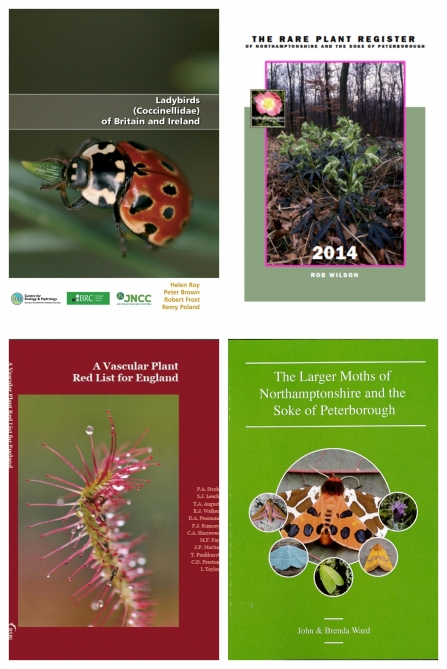Hi everyone,
Welcome to day 5 of my series of posts on biological recording. So far, we have covered what biological recording is, how to generate records and the flow of data. But why should you spend your time recording wildlife anyway? Today's post will reveal all why 7.5 million hours of volunteer time go into monitoring wildlife every year in the UK!
Personally
Firstly, I really enjoy being able to know what species I am looking at. Knowing a species’ name allows me to find out more information about that species, and it becomes a familiar friend. It is great to know how many species call my local area, or our nature reserves home. So, for me personally, biological recording allows me to do this. Biological recording can also be a very social thing, talking with others about findings, sharing them on social media and feeling part of something bigger.
“The beginning of wisdom is to call things by their proper name.”
Confucius



